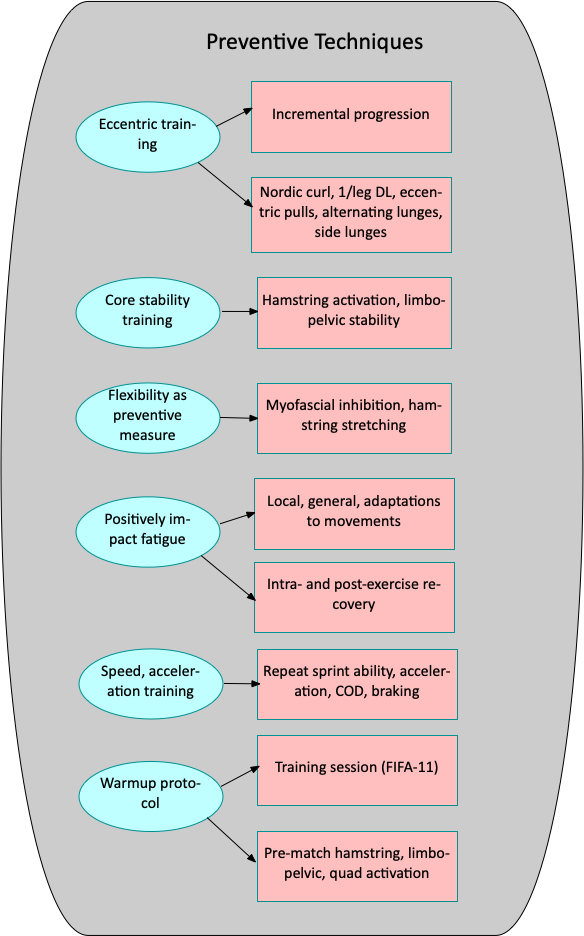In order to recertify with the National Strength and Conditioning Association (NSCA) as a Certified Strength and Conditioning Specialist (CSCS), I am required to complete a total of 6 CEUs over a 3-year period. The current cycle is 2018-2020, meaning that I have until Dec 31, 2020, to complete the CEU requirements. I decided this year to take advantage of some time during the fall to complete coursework for the CEUs through online programs.
One of these programs is the Injury Prevention course offered by the Barça Innovation Hub (BIH) associated with FC Barcelona. The course is rated at 1 CEU, which fit neatly into my plan. Injury prevention is a passion as both a coach and an athlete. I have gone through a variety of surgeries, including ACL repair, bilateral partial knee replacement, and, most recently, a bicep and labrum repair. As a coach, I have encountered many athletes who have suffered significant injuries.
The course costs €200 and has a one-month duration. Perhaps the most frustrating element of the course was signing up online. The BIH web site does not list the class directly, and I had to go through several iterations of emails over a period of weeks with their Europe-based support staff to enroll.
The course consists of 4 modules:
- Basic concepts in epidemiology and injury prevention
- Muscle injury prevention
- Prevention of joint injuries
- Integrative reading (summary of the coursework)
Each module contained a reading assignment, a video presentation, and a turn-in assignment (graded by a course staff member), which counted for 10% of the overall grade. A timed final exam worth 60%, covering all of the material in the course, completed the course content.
As a graduate of the Ohio University Master’s online degree program, I am familiar with the pacing and structure of remote coursework. Although I had hoped for feedback from course staff during the process, this was limited to assignment grading. There was, to the best of my understanding, no interaction between students in the course.
I found the reading material to be interesting and detailed. The information on joint injuries – specifically knee and shoulder joints – was particularly relevant to my health history. There was a significant amount of detail on the epidemiology of hamstring injuries. The course provided valuable insights into risk factors, injury mechanisms, and prevention strategies.

The course felt very much like “you get out of it what you put into it.” It would have been simpler to try to coast through, do the minimal amount, get the CEU certificate, and move on. I decided to do a deep dive into each module to get a better understanding of how to apply the concepts to my coaching. The material on knee joint injuries, specifically ACLs, has been helpful in my work with high school athletes.

An important takeaway is the relationship between flexion angle and force absorption and the gender differences in drop test observations. It is relatively well-known that due to hip angle differences, women tend to have greater valgus moment resulting in stress on the ACL. Injury prevention training has been shown to reduce, but not eliminate ACL injuries in both men and women.

During my master’s program, I began a habit of using Evernote to store reading material and class assignments. I used the same strategy with the BIH course – so that I can pull pieces from the course to apply to future professional development and coaching activities.
In summary, I think the course is of value – if one is willing to invest the time to drill into the material and give an honest effort. Our most important commitment to our athletes has to be their health. A deeper understanding of injury prevention – theory and practice in its relationship to sports – is valuable for coaches at all levels.